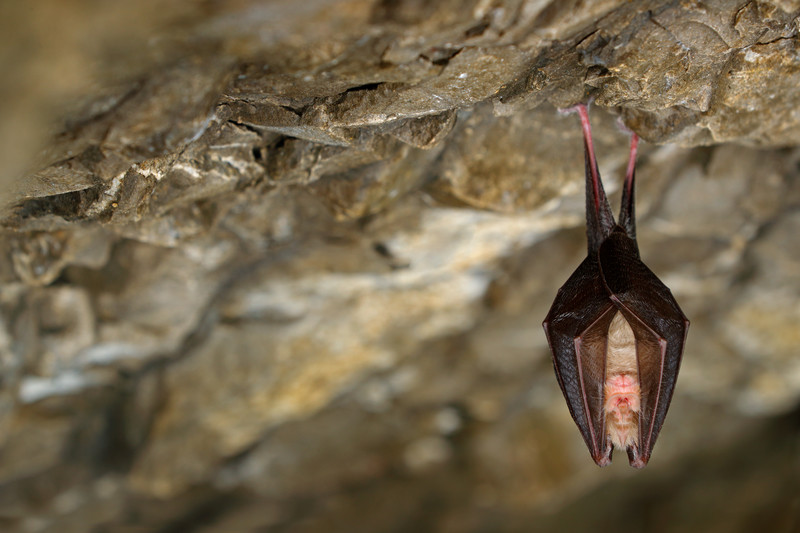How bats have an influence on swine health

A large group of researchers from predominantly China state that they found evidence of the role bats play in the spread of coronaviruses, causing diarrhoea in piglets.
That was the conclusion of a contribution to Nature, which was published in early April 2018, which was authored by 41 scientists from all over China, 3 from Singapore and 1 from the United States. In the article, the researchers zoomed in on an outbreak of a disease in swine farms in Guangdong province.

Read all about pig health in the Pig Progress Health Tool
The scientists zoomed in on a fatal swine acute diarrhoea syndrome caused by an HKU2-related coronavirus of bat origin. Cross-species transmission of viruses from wildlife animal reservoirs poses a marked threat to human and animal health.
Bats as reservoirs for emerging viruses
Drawing the context, the scientists wrote that “bats have been recognised as one of the most important reservoirs for emerging viruses and the transmission of a coronavirus that originated in bats to humans via intermediate hosts was responsible for the high-impact emerging zoonosis, Severe Acute Respiratory Syndrome (SARS).”
The last discovery was only made in late 2017. The origins of SARS were proven to be genetically linked to horseshoe bats in Yunnan province.
The group of authors now stated that they provided “virological, epidemiological, evolutionary and experimental evidence that a novel HKU2-related bat coronavirus, Swine Acute Diarrhoea Syndrome Coronavirus (SADS-CoV), is the aetiological agent that was responsible for a large-scale outbreak of fatal disease in pigs in China that has caused the death of 24,693 piglets across 4 farms.”
Guangdong outbreak close to where SARS occurred
The group of authors pointed at the moment of the outbreak, which began in Guangdong province in the vicinity of the origin of the SARS pandemic. Furthermore, they identified SADS-related coronavirus with 96-98% sequence identity in 9.8% (58 out of 591) of anal swabs collected from bats in Guangdong province during 2013-2016, predominantly in horseshoe bats (Rhinolophus species) that are known reservoirs of SARS-related coronavirus.
In the article’s abstract, the researchers stated: “We found that there were striking similarities between the SADS and SARS outbreaks in geographical, temporal, ecological and aetiological settings.”
They continued to say: “This study highlights the importance of identifying coronavirus diversity and distribution in bats to mitigate future outbreaks that could threaten livestock, public health and economic growth.”
Contact authors for the publication in Nature are Peter Daszak, EcoHealth Alliance, New York, NY, USA; Lin-Fa Wang, Duke-NUS Medical School, Singapore; Zheng-Li Shi, Chinese Academy of Sciences, Wuhan, China; Yi-Gang Tong, North China University of Science and Technology, Tangshan, China; and Jing-Yun Ma, South China Agricultural University, Guangzhou, China.











